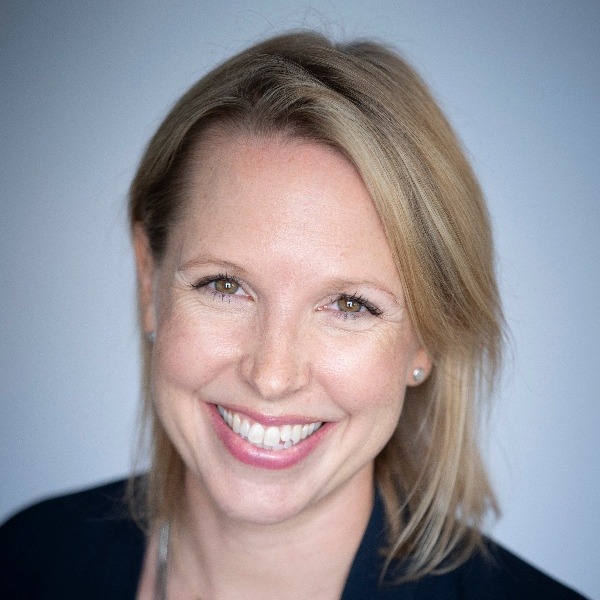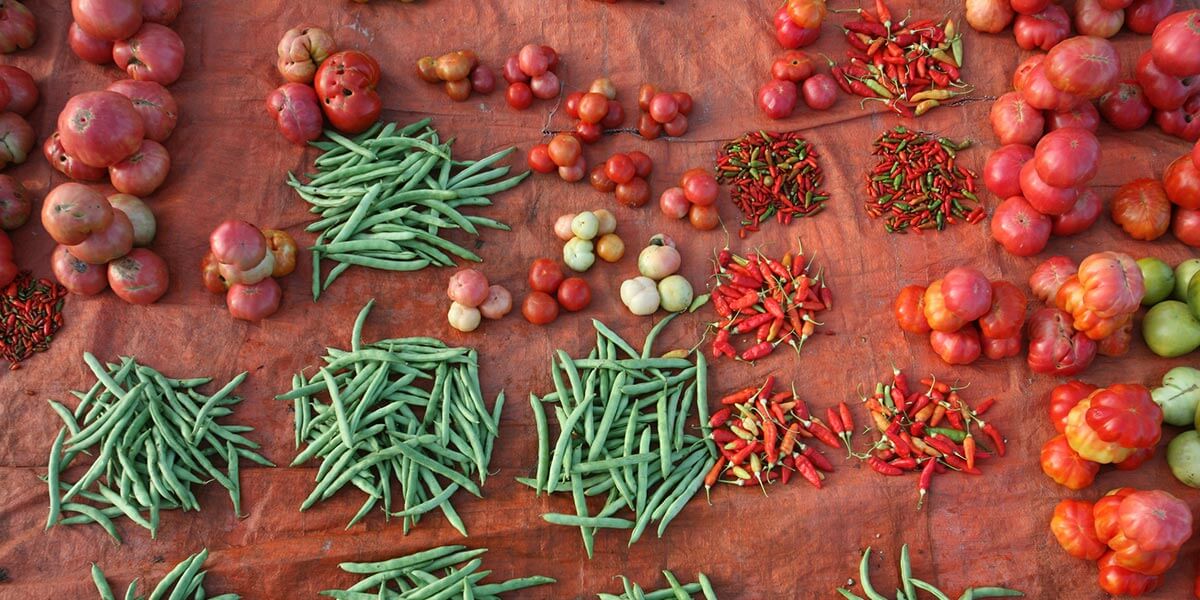In 2002, Timor-Leste became one of the world’s youngest countries. With independence came significant new challenges: How to build prosperity, basic infrastructure, and agricultural systems that can feed and support a growing population?
Over the past two decades, Timor-Leste has embarked on the monumental task of building a sustainable and productive agricultural system—complete with new infrastructure, diverse value chains, and market connections—essentially from the ground up.
To help invest in agricultural development in Timor-Leste, Resonance partnered with Cardno on USAID’s Avansa Agrikultura Project. From this work, we offer three lessons on how to tap partnerships as a powerful tool to advance sustainable agriculture in emerging markets.
3 Tips for Building Better Partnerships for Sustainable Agriculture
Cross-sector and value-chain partnerships are critical tools to advance strong market systems and sustainable agriculture.
From our experience in Timor-Leste, we’ve distilled three key lessons on how to forge and deploy partnerships that strengthen sustainable agricultural systems in emerging markets.
1. Map and Forge Partnerships Across the Market System
In very thin markets, it’s critical to create a robust local ecosystem as soon as possible. On the Avansa project, within the first six months, we rapidly appraised and mapped the existing and potential partner landscape.
We conducted in-depth interviews and analyses with dozens of diverse stakeholders, including farmers, buyers, collectors, traders, technology providers, input providers, and financial institutions.
With each stakeholder, we looked at their business needs, their pain points and challenges, their motivations and goals, and how potential agricultural development initiatives could leverage their expertise and knowledge.
This early mapping helped us forge important partnerships across the market system and identify market linkages that we otherwise might not have explored.
For example, given limited market opportunities and scant export markets in Timor Leste, we knew we’d have to forge new market avenues and partnerships to help farmers sell their products.
Three opportunities came up in our partnership assessment:
- supermarkets,
- the hospitality sector,
- and food processors.
We facilitated connections between farmer groups and twelve supermarkets, two hotels in the hospitality sector, and 18 food processors. The resulting partnerships opened new markets for farmers to sell their products and incentivized them to continue growing high-value horticulture crops.
Not only did these partnerships help farmers expand their market opportunities, but they also opened channels for local customers to access fresh, local produce (which had previously been imported or simply unavailable) and helped the hospitality sector market to foreign tourists.
Learn Connecting Subsistence Farmers to Local Distribution Networks (Q&A)
Mapping and forging relationships are key steps in building a robust market ecosystem. Through market and agribusiness linkages and improved production practices, Avansa-supported farming households significantly increased annual earnings. These linkages have also created greater resiliency to market disruptions for all stakeholders.
We are now applying this model of early partnership mapping to a new USAID/Timor-Leste-funded project, the NGO Advocacy for Good Governance activity, led by Counterpart International.
2. Connect Financial Institutions, Companies, and Farmers for Smarter Finance Solutions
Access to appropriate finance is critical—and success is not just about designing the right financing products. It often comes down to securing the right partnerships.
Across the globe, farmers consistently struggle to access the financing and capital they need to invest in more sustainable or productive practices, equipment, and inputs.
Most financial institutions see small farmers as risky investments and are either unwilling to lend to them, or set unaffordable high-interest rates and unrealistic collateral requirements. Private investors also often see agricultural markets as too risky.
In Timor-Leste, all of this was true, and farmers faced a unique challenge: due to the underdeveloped private sector, formal financing infrastructure was nonexistent for the smallholder sector, and most farmers didn’t have a bank account.
In the initial stages of the Avansa project, major input suppliers provided their own financing (in the form of input credit) to farmers. Yet, suppliers were unable to assess farmers’ risk profiles, lacked the field staff and reach to recover payments, and struggled to keep track of outstanding loans. Further, for lenders, there was little to no legal recourse or enforcement in remote rural areas if farmers defaulted on loans.
Banks and lending institutions needed to be involved. To set things in motion, we secured a strategic partnership with a Timor-Leste financial institution (FI), Kaebauk Investimentu no Finansas. Listening to their needs and concerns, we worked with them to build a pilot lending program that would benefit farmers, the FI, and the private sector. As our partner, the FI co-led financial literacy training for farmers—which built trust between farmers and the FI—and developed and offered a new input credit product for smallholders in partnership with two leading input providers (Vind Patel and Kmanek). It took a few years to get going, but eventually farmers were able to access capital so they could buy higher-quality inputs, acquire more land, and scale their farms more sustainably. These partnerships are successful and evolving—continuing past the Avansa project.
As we consider how to get critical financing and capital to farmers in other markets, we’ve seen that a combination of strategic partnerships between financial institutions, input suppliers, and farmers; tailored training for both farmers and FIs; and innovative and appropriate financing mechanisms can help unlock sustainability and growth.
Learn How Companies Partner with Development Finance Institutions (DFIs)
3. Tap Trusted Partnerships To Mitigate Market Shocks
When COVID-19 hit, many feared that farmers in Timor-Leste would see their incomes and revenues slashed. In a report we recently conducted, Analysis of Market Demand and Supply for Agricultural Inputs and Provision of Agribusiness Services to Farmers in Timor-Leste, we found that while there were initial shocks to Timorese inputs and services, the market quickly normalized.
Why? Our answer: Trusted partnerships and access to technology.
In interviews, we discovered that because of the strong partnerships formed between farmers, collectors, traders, input providers, and buyers during the Avansa project, the market ecosystem was able to quickly pivot to e-commerce-based transactions.
Digital technology combined with trusted relationships allowed Timorese buyers and farmers to continue to buy and sell during the pandemic, evolving commerce to new platforms. Collectors also used SMS and WhatsApp for socially distant coordination of purchases and delivery during lockdowns.
In our interviews, we found that market actors were eager to continue using digital platforms and tools because it made information sharing and trading much easier.
As we look ahead, companies and the global development community can continue to accelerate the transition to the digital economy by building and testing new market platforms and apps—such as Connected Farmer and DeHaat—that allow farmers, traders, collectors, and input providers to buy and sell with greater transparency and efficiency.
More investment is needed, as well, to bridge the global digital divide, ensuring farmers have access to mobile phones and reliable internet.
Ye, we’d also argue that this shift toward the digital marketplace is most likely to be successful in the context of a strong and resilient market ecosystem, made up of diverse actors engaged in trusted partnerships.
The Future of Strategic Partnerships for Sustainable Agriculture in Emerging Markets
The Avansa project in Timor-Leste was unique. Building a strong, reliable, and sustainable agriculture system, especially from the ground up, takes time. In Timor-Leste, much work still needs to be done—but the foundation is being laid.
Even more encouraging: The lessons we’ve learned about harnessing strategic partnerships and building market ecosystems can be applied with impact to other emerging markets around the world.
Editor’s Note: This post was originally published on April 8, 2021, and has been updated for accuracy and current best practices.




